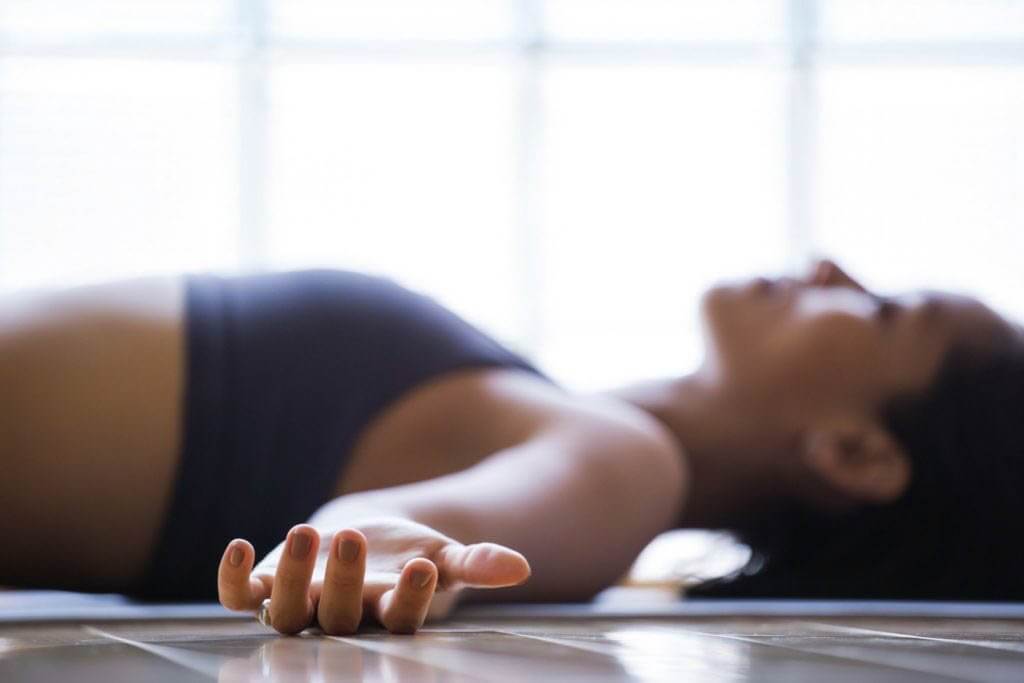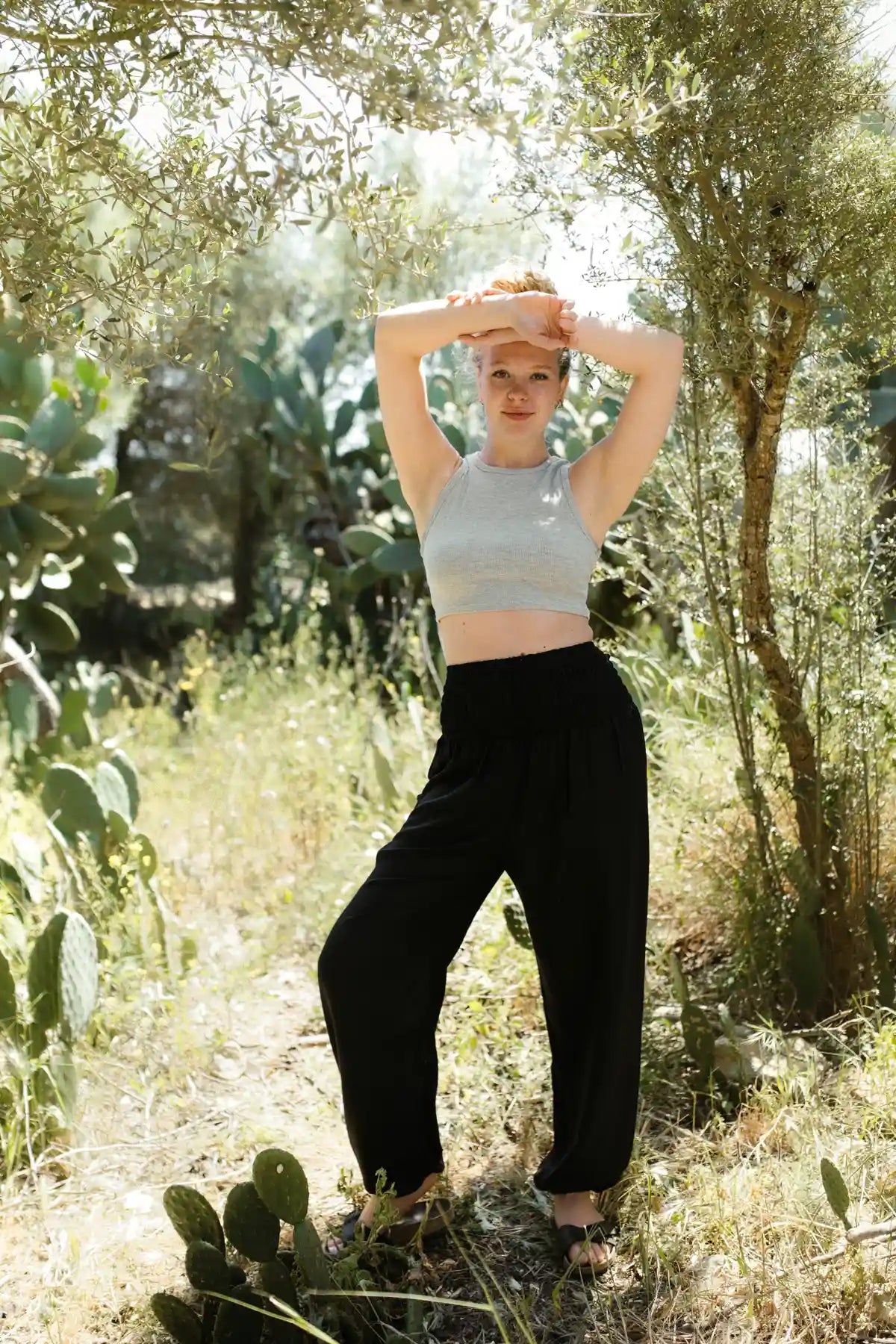
Inhaltsverzeichnis
Attemdementeditation - meditation techniques for newbies
Before I introduce you to breathing meditation, I would like to briefly explain what meditation is.
Meditation is a mindfulness technique that allows you to learn to direct your focus and consciously direct your attention. The positive effects of meditation on health and general happiness have now been proven by numerous Studies Stress reduction, a greater sense of inner peace, and improved concentration are just a few of the numerous effects of meditation. It also helps you get to know yourself better. You become aware of what you think and feel, and where these feelings and thoughts come from.
If you want to learn about meditation and try it out for yourself, it can be difficult to decide how best to begin. In this In this blog post I will give you some basic information and tips for meditating Today we want to get to know what is probably the most fundamental form of meditation: breath meditation.
Breathe? I already do that all the time
Of course, we breathe around the clock, but we are rarely aware of how quickly, how long, and how precisely we inhale and exhale. However, our breath can tell us a great deal about how we are feeling at any given moment. Breathing meditation isn't necessarily about analyzing your breath, but rather about learning to focus and calm down. This is often difficult at first, simply because you're not used to it.
How exactly does my breathing help me relax?
Most of our worries and doubts arise from our attention not being in the present, but rather in the future or the past. Our breath helps us instantly bring ourselves back to the moment and truly focus our attention on what we want to concentrate on. When we focus on something recurring and not stressful, we can more easily block out environmental stimuli and relax.
Breathing meditation is easy and enjoyable to integrate into your daily life because you can practice it anytime and anywhere. A few minutes of pure meditation are completely sufficient to begin with, as meditation is also a matter of practice. The beauty of this (and really any) meditation is that it can be extended for as long as you like.
It's important to me to mention that breathing meditation isn't about controlling or altering your breathing. At the beginning of the meditation, you usually take a few deep breaths, then breathe in and out, but then continue breathing normally at your own pace. At first, I found it really difficult not to automatically change my breathing. Only after a few times was I able to completely "let go." So if you feel the same way, it's okay!
Ready? Then let's start with breathing meditation.
- Find a comfortable seat for meditation. You can sit cross-legged on the floor or on a cushion, or you can make yourself comfortable in a chair.
- If you're sitting on a chair, place both feet parallel on the floor, rest your hands loosely on your thighs, and straighten your back. You don't need to arch your back, but you shouldn't sit too hunched over either.Raise it to a point where it still feels comfortable for you.
- When you're ready, close your eyes. Breathe deeply two or three times here and then exhale again. Arrive in the moment and then let your breath return to its natural rhythm. You don't need to control or change your breath in any way. Simply notice what is happening right now. It's not about achieving a particular state. Simply let your experiences be your experiences, as best as you can, without expecting anything to be different than it is.
- Focus your attention on the tip of your nose. You may notice how the air at your nostrils is slightly warmer when you exhale than when you inhale. If you find it difficult to focus on your nose, you can also bring your attention to your chest or abdomen and observe how your belly rises as you inhale and falls as you exhale. When you first do this exercise, it may be helpful to place one hand on your belly and focus your attention on the changing sensations where your hand touches this area.
- Now spend a few minutes observing your breath and how it flows in and out of your body. You may notice the brief pauses between breaths, as well as the pauses between inhaling and exhaling.
- You'll quickly notice that your attention wanders and turns to thoughts, plans, or daydreams. This is completely normal. As soon as you notice that your attention is no longer on your breath, observe where your mind wandered and that a thought was there. Then lovingly redirect your attention to your breath or to your anchor—your nose or belly.
- Continue this practice for a while, reminding yourself from time to time that the intention is simply to become aware of your experience in the moment, as best you can. Your breath serves as an anchor, allowing you to continually reconnect to the here and now.
- Now take another deep breath. When you're ready, open your eyes and stretch a little.
If you enjoyed the meditation, you can, of course, repeat it as often as you like. This doesn't always have to be done at a specific time of day; in stressful situations, or just in between, a mini version of the breathing meditation—taking a few deep breaths—can work wonders!
In my next mindfulness blog post, I'll introduce you to the body scan meditation. See you next week!
If you would like to learn more about healthy eating, mindfulness, sustainability or family and pregnancy, Check out more exciting blog articles on these topics here.

Photo by Loe Moshkovska from Pexels



























Leave a comment
This site is protected by hCaptcha and the hCaptcha Privacy Policy and Terms of Service apply.